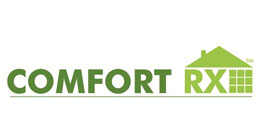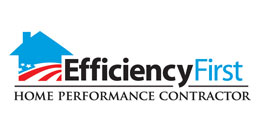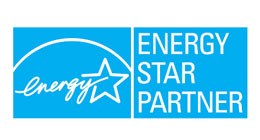HVAC Solutions
Electric radiant home heating system
Heating with electricity from the utility is more expensive than heating with natural gas. It may make financial sense to replace your system with a furnace or boiler type heating system, or otherwise augment your electricity with a renewable energy system such as solar photovoltaics. As an experienced home performance contractor or residential energy professional we can compare conventional and renewable energy systems for your particular application.
Make insulation and air sealing improvements to your home before installing or replacing a boiler or furnace. These improvements can change your heating requirements to a smaller, less costly heating system. Have your boiler system or furnace serviced annually, including a fuel-gas mixture adjustment if possible, to ensure it is running at optimum efficiently.
When the existing boiler or furnace is replaced, consider a high-efficiency, closed-combustion unit (92-98% AFUE) for added savings & safety (closed-combustion boilers and furnaces are designed to prevent back-drafting of poisonous flue gases into the home). Have a “Manual J” report completed using your home’s size, insulation, and air leakage to determine the proper size of heating unit. Many home performance contractors or HVAC contractors can perform this service for you. Another option is to have a professional perform basic computer modeling to determine a design heat load calculation (less accurate than a Manual J calculation but more affordable).
Why does it matter? Depending on the age of the existing unit, substantial savings may be gained by replacing it with an Energy Star rated appliance. Also, modern heaters are much safer as the exhaust vent from the unit is sealed and goes directly outside. If it doesn't quite make sense to replace your furnace or boiler now, be prepared to replace it with a high efficiency Energy Star unit (92 AFUE or higher) when it finally wears out or requires an expensive repair.
Hot Water Heater
Set water temperature to 122 F or the lowest practical setting for your preferences. This will reduce standby losses (heat loss while idle) and risk of scalding. Replace the electric hot water heater with a gas-fired unit. This can be cost-effective, since heating water with electricity is more expensive.
If gas is not available to your home, replace the electric hot water heater with a heat-pump type unit. These can be 60% more efficient than standard resistance type electric hot water heaters, but the units are only appropriate to specific locations in the home.
Replace your water heater with a high efficiency sealed combustion model to save energy and reduce the possibility for dangerous Carbon Monoxide to leak into your home.
Thermostats
Using a programmable thermostat can save about 10% on your energy bills. Set the thermostat back 6 to 8 degrees when not at home or asleep. Set the thermostat to return to the desired temperature 1/2 hour or 1 hour before returning home or waking up, depending on the response time of your heating system. In an 8-hour period, every 1-degree setback on your thermostat will save about 1% on your heating bill. Once they are programmed, programmable thermostats automate this process.
During the summer months, when outdoor temperatures will be below indoor comfort levels overnight, be sure windows are closed so the heating system does not inadvertently operate. You may also turn your thermostats to the “off” position.
Adding storm windows or replacing your current windows with new Energy Star windows will save energy and help reduce drafts. While typically not the most cost effective energy efficiency improvement, double or triple pane windows are more comfortable to sit next to on cold nights.







